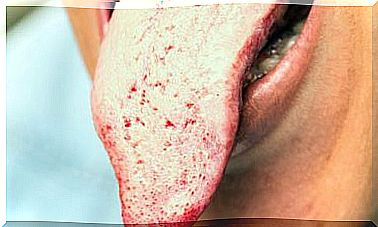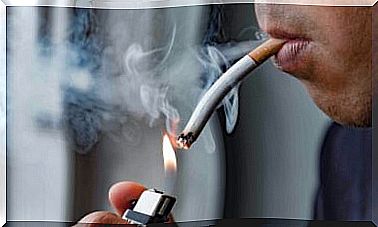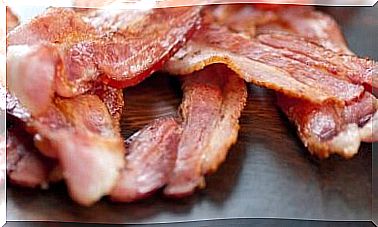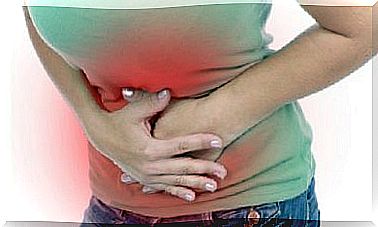5 Common Orthopedic Problems In Babies And Children
Common orthopedic problems in babies and children almost always have to do with some difficulty in walking or with certain abnormalities in the shape of the feet or legs. They tend to resolve over time.
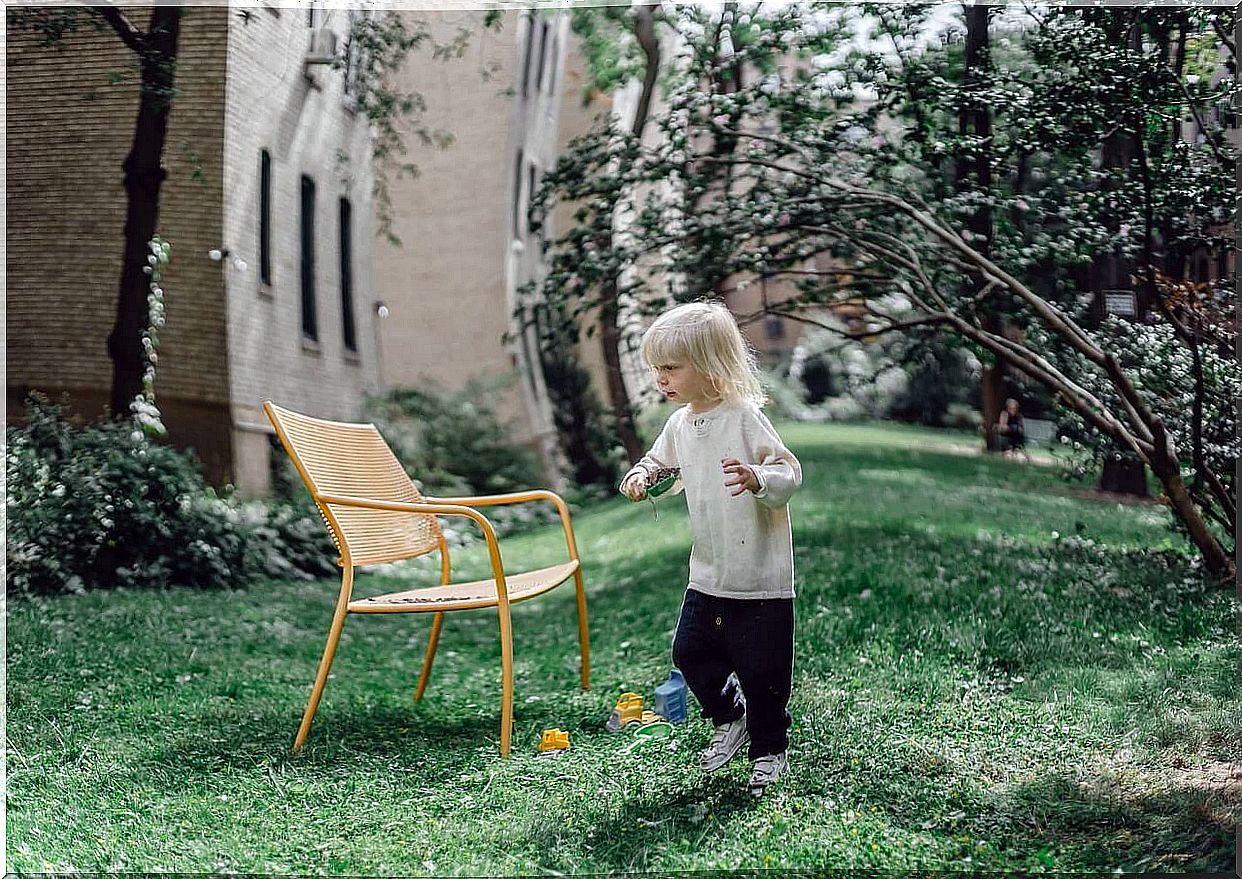
Orthopedic problems in babies and children are a common issue. Some of these conditions correct themselves as growth progresses. Others persist or evolve and can become serious disorders.
Parents should remain vigilant for common orthopedic problems in their children. However, you don’t need to worry or be startled. Many conditions seem serious, but in reality they are not.
The indicated thing is to consult with the doctor so that he is the one who indicates the steps to follow. Almost always the appropriate thing is to wait for time to solve everything. Next we will talk about the most common orthopedic problems in minors.
5 common orthopedic problems
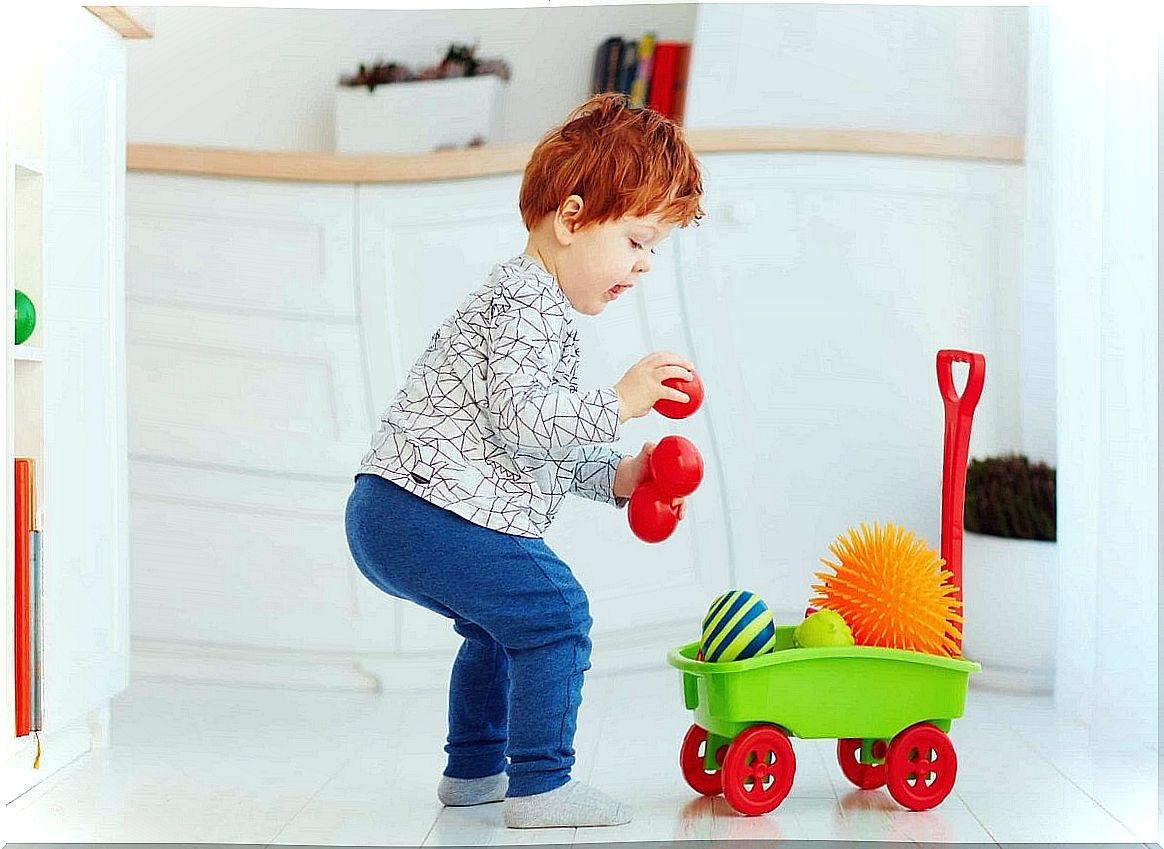
There are a large number of orthopedic anomalies that can be present at birth or that appear during the first years of life. However, some are quite common. Within them, five stand out, of which we will talk below.
1. Flat feet
This is one of the common orthopedic problems in minors. In fact, almost all babies are born with flat feet and the arch only forms as they grow. However, in some cases the arch does not completely mold itself and that is when we speak of flat feet in the strict sense.
Flat feet are not really a problem. There is no evidence that this reduces a child’s ability to walk normally or play sports. Only in cases where this condition causes pain, doctors will advise the use of special insoles in shoes.
2. Load the weight of the feet on the toes
This anomaly occurs when children tiptoe. This is common when they are learning to walk, in the period between 1 and 3 years of age. The usual thing is that they give up this habit around 2 years of age. However, some continue to walk in this way after that stage.
If they tiptoe only once in a while, no problem. If it is your usual way of walking, it is necessary to consult with the pediatrician. In these cases, there may be a neurological problem such as cerebral palsy. If there is no additional disorder, treatment will be required for the child to adopt a normal gait.
3. Common orthopedic problems: varus feet
There is talk of varus feet when they are twisted inwards. It is necessary to clarify that babies present this condition when they begin to stand up. This usually happens between 8 and 15 months of age. If the abnormality persists after this, it is considered to be a disorder.
The usual thing is that the varus feet are the result of an inward turn of the hip. This is called the femoral anteversion. In most cases this condition does not affect the movement or normal development of activities of the child. The usual thing is that everything returns to normal with time.
4. Bowed legs
Bowlegged legs are another common orthopedic problem in children, which is also called genu varum . In these cases, there is an exaggerated curvature from the knee, outwards and downwards. Many times this problem is corrected naturally.
If the abnormality persists after 2 years or affects only one leg, there may be a more serious problem: rickets or Blount’s disease. Rickets is a bone growth problem that arises as a result of vitamin D deficiency.
Blount’s disease is a disorder of the tibia bone that causes abnormal growth of the bone. In those cases, specialized orthopedic treatment is required. Bow legs can also be inherited.
5. Legs in “x”
The “x” legs, or genu valgum , are present in almost all children, but in a moderate form. It appears between 3 and 6 years, since in this stage a natural process of alignment of the legs takes place.
Typically, the legs straighten up on their own over time. Therefore, very rarely is any treatment needed. If the “x” in the legs is very pronounced or persists after 6 years, it is necessary to consult with the doctor about it.
How to diagnose these conditions?
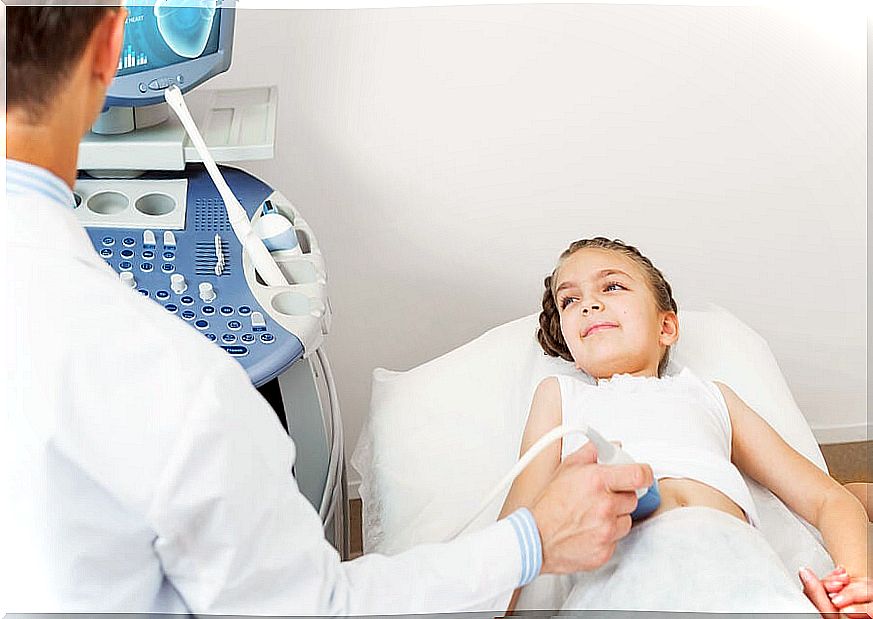
Diagnosis of common orthopedic problems in infants and children is usually made through a physical exam in the pediatrician’s office. Only in special cases are additional tests such as x-rays, computed tomography, ultrasound, electromyography or magnetic resonance required.
Most of the time the doctor will observe the affected limb and sometimes will ask the child to walk. For flat feet, you may need to tiptoe. In the case of standing on tiptoe, the natural gait of the little one will simply be observed.
Varus feet are diagnosed by observing the shape and positioning of the foot. For bowlegs, gait and tread are examined, and imaging tests are sometimes ordered. The latter are the main diagnostic route for the “x” legs.
Pediatric consultation is the best option
Common orthopedic problems also include other conditions that occur relatively frequently, such as “outward” feet, talus or “upward” feet, or clubfoot, which are similar to varus but stiff.
For all the above, it is important to observe in detail the evolution of gait in children. If there is any doubt, it is indicated to consult with the pediatrician to evaluate the situation. In this, as in so many other cases, early detection and care can be crucial.

